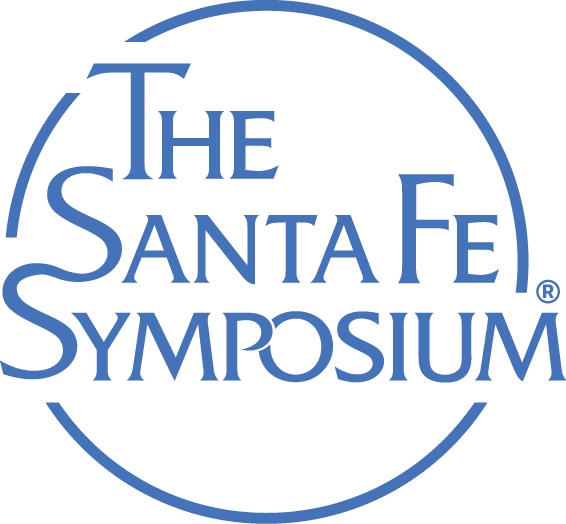Dr. Boonrat Lohwongwatana - Chulalongkorn University, Thailand
Dr. Boonrat Lohwongwatana holds a faculty position in the Metallurgical Engineering Department, Chulalongkorn University in Bangkok, Thailand. He earned a Ph.D. in materials science from the California Institute of Technology. He is the recipient of Thailand’s Young Technologist Award (2013) from HRH Princess Sirinthorn, and Thailand’s Young Metallurgist Award (2015). He received first place in the SCB Digital Venture Accelerator program in 2018. Boonrat collaborates with various jewelry companies in Thailand and internationally. He is the recipient of the Santa Fe Symposium Ambassador and Outstanding Technical Presentation Awards and is a two-time recipient of the Research Award. This is his eighth paper for the Symposium.

Digital Manufacturing of Precious Metals: Possibilities, Benefits, Guidance and Limitations in Jewelry Making
Throughout history, craftsmen and artisans have been striving for unique identities by introducing and perfecting techniques in jewelry manufacturing ranging from design, material selections, manufacturing methods, to finishing processes. Complexity of each jewelry item is a result of a combination of numerous artisan techniques such as casting, soldering, enameling, polishing, anodizing, cladding, laser welding, laser cutting, sintering, etc. The emergence of additive manufacturing (AM), also known as direct digital manufacturing (DDM), has already revolutionized various manufacturing sectors including medical, automotive, aerospace and jewelry. Known for its design flexibility and low cost for low-volume production, DDM is foreseen as an excellent prospect for new ideation in design and extreme complexity in design, as well as parts conglomeration. Other added benefits of DDM include ease of access to small and medium enterprises, micro-scale parts fabrication, automation in design, and streamlined and lean manufacturing. DDM of precious metal has become a key industrial and research focus in recent years. This paper presents overviews of digital manufacturing, highlighting current trends in DDM in various industries and how to apply them to the jewelry manufacturing line. New possibilities in design, modelling and fabrication of micro-scale jewelry architectures through conventional and DDM approaches are discussed. The extension of the paper explores the benefits and limitations of the DDM technologies, which might be further adapted in the jewelry industry for automation, lean manufacturing, and mass customization production.

